I'm not a qualified engineer or mechanic
I start all of my non-software-developer information articles with a simple caveat: it's a hobby or an interest and not my speciality. If you see anything incorrect or out of date, please let me know by email: contact@tomjones.dev
Introduction
Amongst the many things I've read or watched about cars and how they work, one acronym has stuck in my mind to help diagnose the various reasons why your car may fail to start - FACTS, which stands for fuel, air, compression, timing and spark - the 5 key components required for your internal combustion engine powered vehicle to start up.
Assumptions
- A familiarity of the mechanical aspects of how a car works is beneficial but not required
Table of Contents
Fuel
One of the two keys parts required for ignition (the other being air), this one is pretty obvious, but there are lots of components involved in transferring fuel from the tank to the engine.
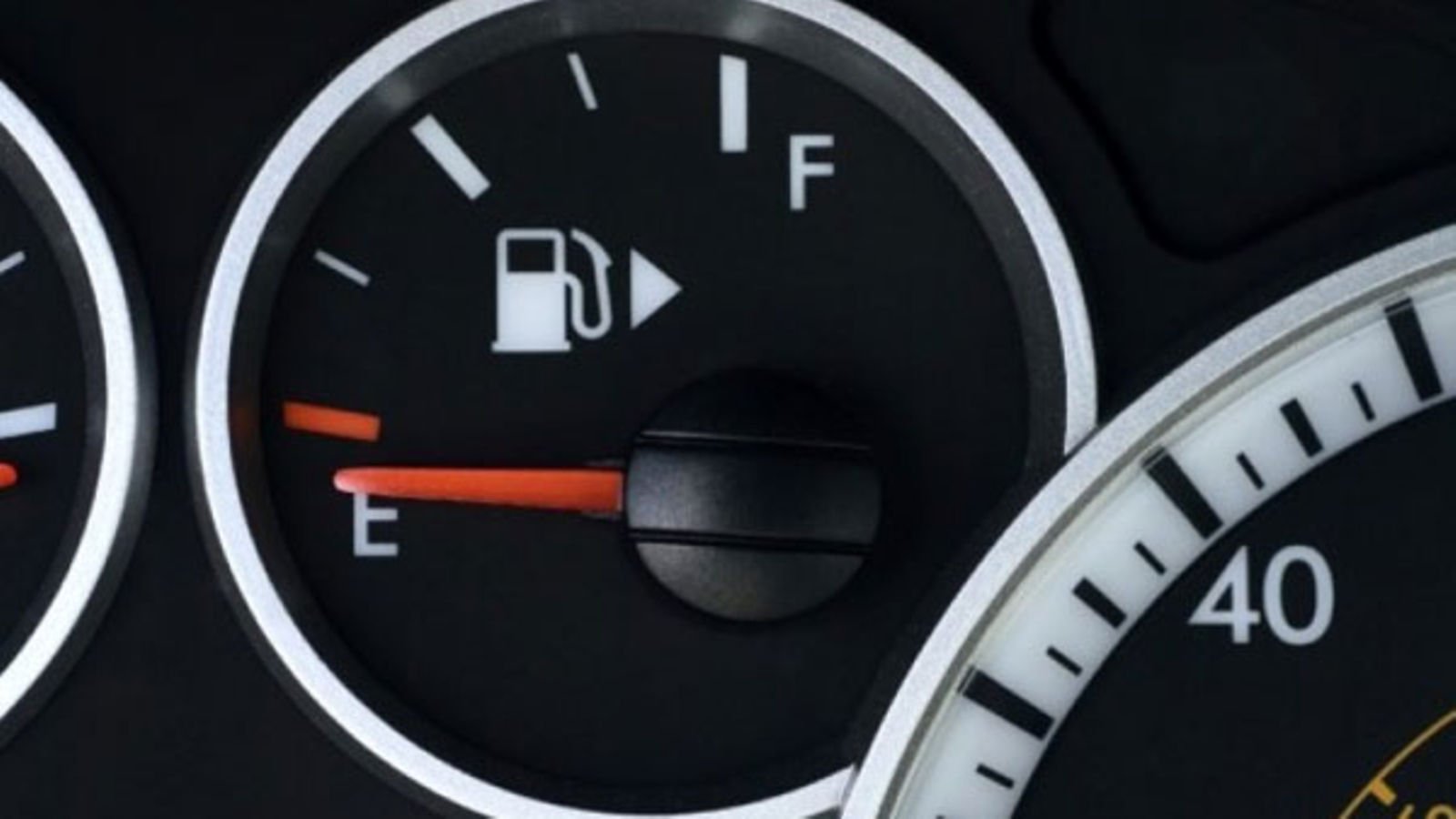
The first step is to ensure there is some in the tank, and that it's the correct fuel type. Ignoring all of the other problems associated with misfuelling for brevity, diesel isn't as flammable as petrol, so it won't ignite properly in a petrol car (which relies on a spark), and petrol won't ignite properly in a diesel car (which relies on higher compression and glow plugs).
Check the fuel gauge and make sure there aren't any leaks underneath the car. Fuel tanks are usually positioned at the rear, underneath the boot space, and a fuel line traverses the distance between the tank and the fuel rails atop the engine.
The next step is to turn on the ignition and listen out for a buzzing noise, this is the fuel pump engaging. If there's no buzz, then either the fuel pump fuse has blown, or the pump itself is malfunctioning and is unable to pump fuel along the fuel line to the engine.
The next steps are to check that the fuel line leading to the fuel rails are intact, and that the injectors, throttle (or carburettor on older vehicles) is free from obstructions. Throttles and carburettors consist of moving parts (butterfly valves) which can become seized or blocked, impacting the flow of fuel and air into the engine.
Air
The other half of the mixture required for ignition is air - if there's no air, specifically oxygen, then the fuel won't ignite.
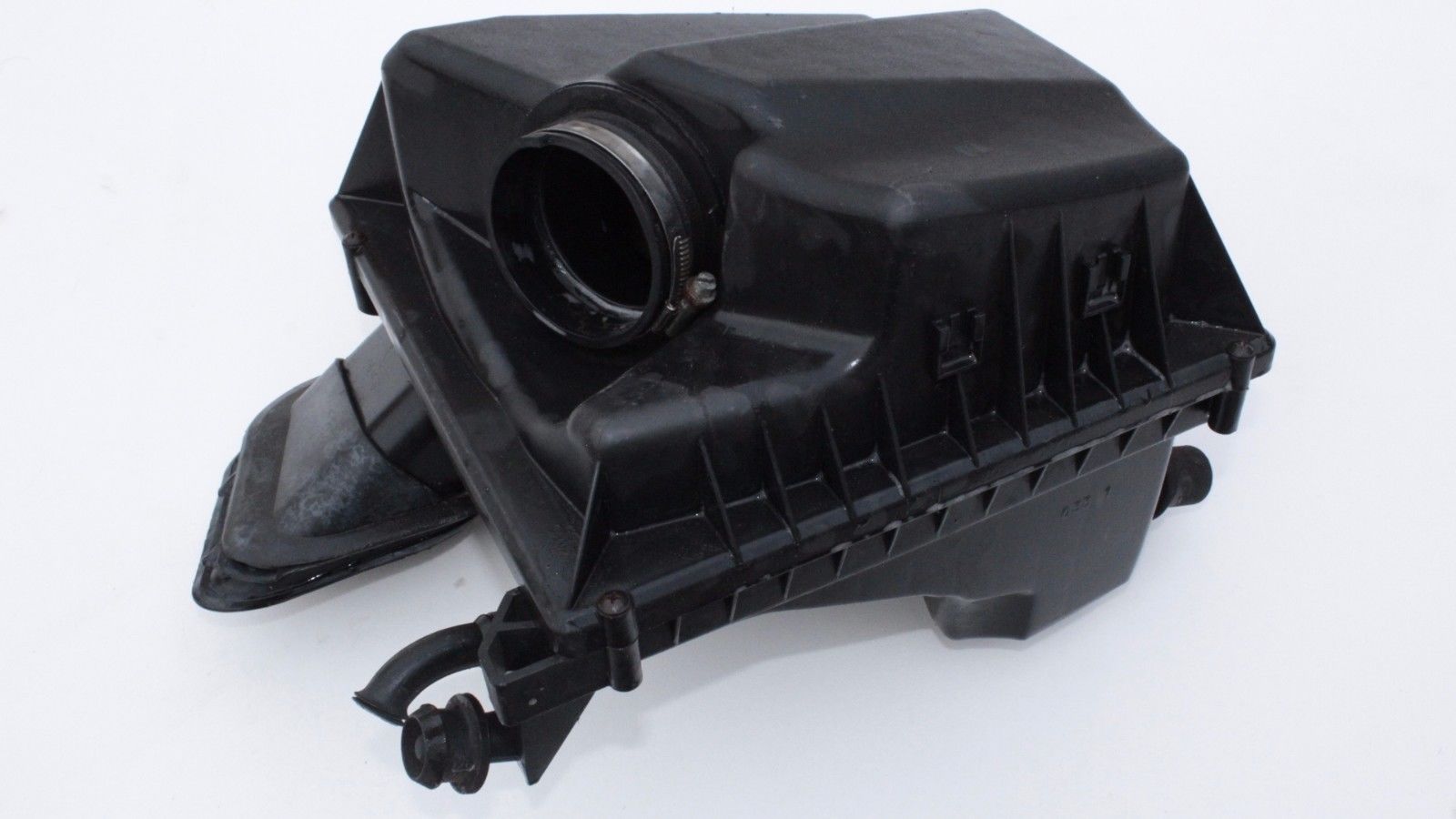
Air typically comes in through vents at the front of the vehicle, gets directed via hoses through a filter, which then feeds air to the engine's intake manifold, where it is combined with fuel to generate a mixture which is then ignited. The ratio of fuel to air is important for proper (and efficient) ignition.
Check that the hoses, filter housing and filter are undamaged, clean and free from any blockages or debris. If you do a lot of miles in between services, or you live in a particularly dusty or sandy region, the filter may become clogged and need replacing to ensure sufficient airflow to the engine.
Modern vehicles also have a sensor attached to the filter housing called a mass airflow (MAF) sensor, which regulates the flow of air into the engine. If the sensor is damaged, worn, or isn't receiving an electrical current (check the fuse), it won't be able to supply the engine with the correct ratio of air needed for combustion.
Compression
After fuel and air is combined and sprayed into the engine's cylinders, pistons within each cylinder compress the mixture just before it's ignited. If there's a leak within the cylinder, the mixture won't be properly compressed, and combustion may be weaker than usual, or fail completely.
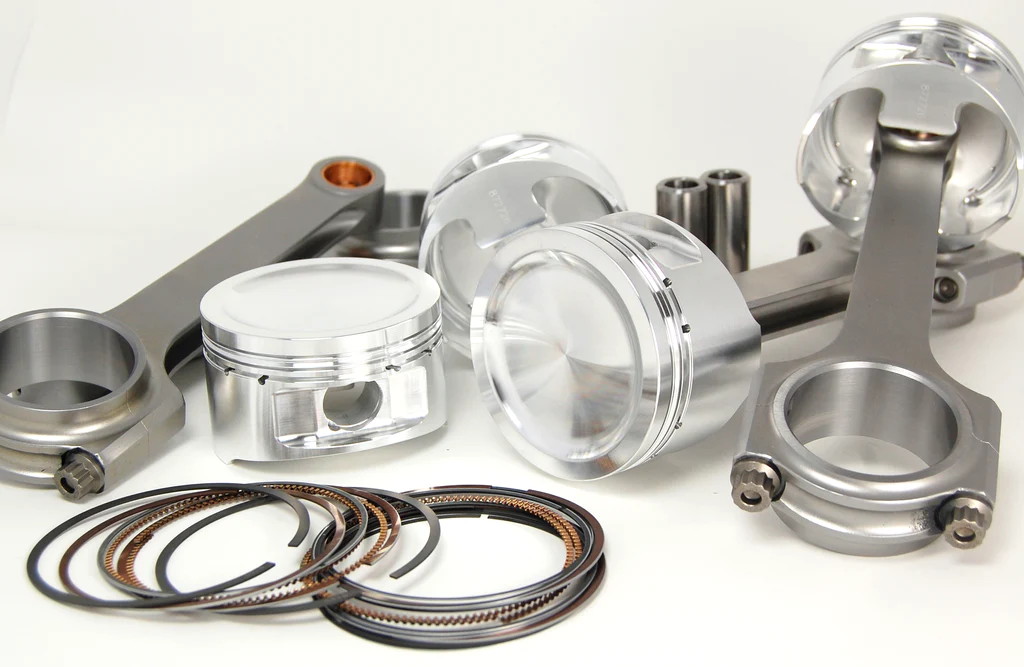
Rings around each piston, 2 or more valves per cylinder, and a gasket between the engine head and the engine block help to seal cylinders to ensure maximum compression - if any of these parts are worn, the mixture may leak during the compression phase of the engine cycle, leaving less fuel in the cylinder to ignite.
Compression issues can be detected by removing each cylinder's spark/glow plug, and attaching a compression testing tool. Your vehicle's manual will specify the expected compression values - anything below these values indicates a potential cylinder leak.
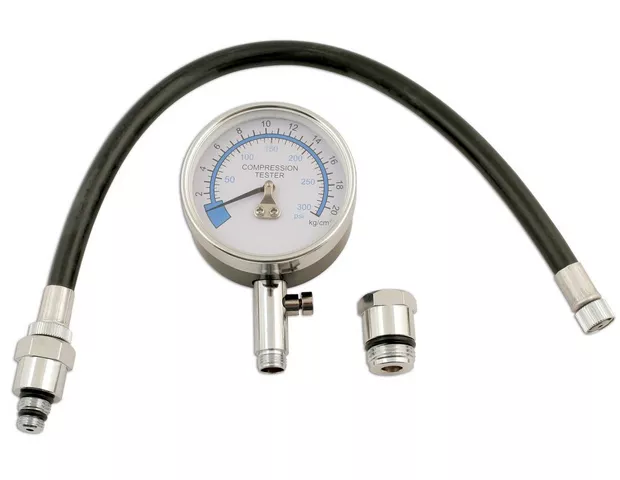
Timing
This one can't be as easily diagnosed by a layman, and is one of the tougher issues to check and repair.
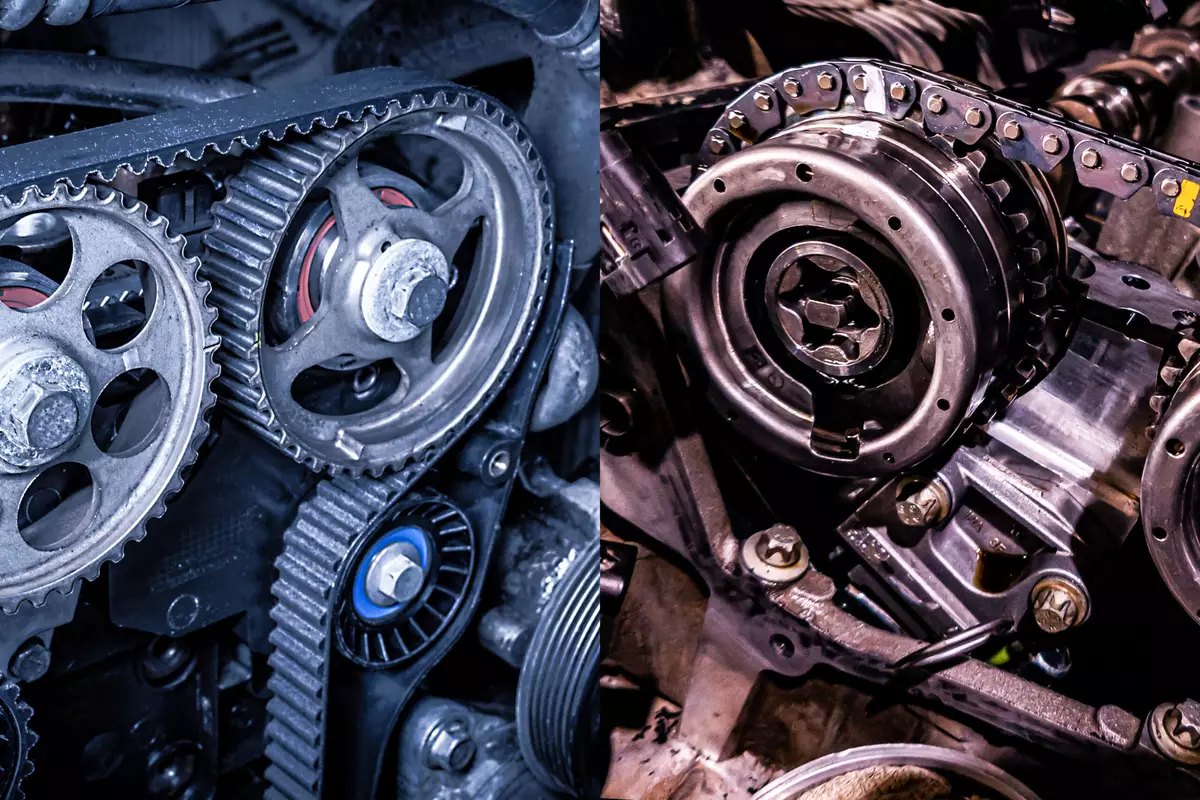
One or more timing chains or belts connect the rotation of the crank shaft to the cam shafts atop each cylinder bank. These cam shafts have a series of cams whose rotation determines when cylinder valves open and close. Cams can become worn, which will impact how long valves are open for, as well as the size of the valve opening.
The intake valves need to be open when the fuel/air mixture is sprayed into each cylinder, and the exhaust valves closed to prevent the mixture escaping, the intake valves then close during the compression and ignition phase, after which the exhaust valve is opened to allow the exhaust gases to escape. The engine won't fire correctly (or at all) if the timing of these valves is off by even a little bit.
The simplest thing a layman can check for a timing-related issue is the condition of the timing belts/chains - typically one per cylinder bank. If the chain links are damaged or the belts are slipping, it would impact the valve sequence. However, timing parts are often concealed beneath timing covers to prevent debris interfering with the sequence.
Spark
The final thing to check is the spark generated by a petrol engine's spark plugs, or a diesel engine's glow plugs.
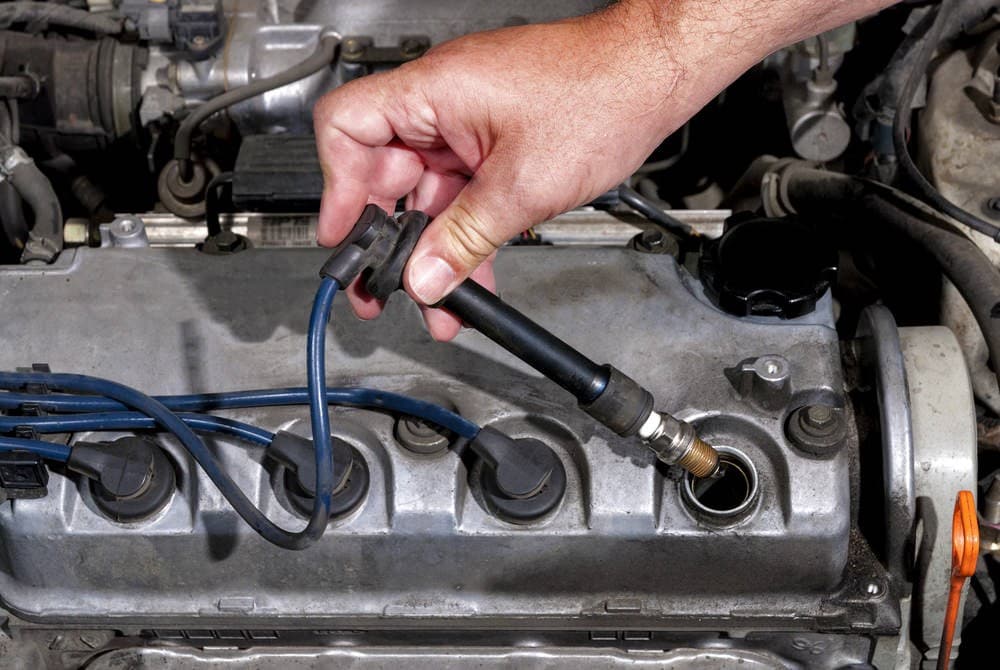
The first place to start looking is the battery, ensuring it has enough charge. A lot of current is required to start an engine, so a flat battery is a common culprit for a non-starter. A flat (or low) battery can be identified by clicking noises when turning the ignition, or problems using other electrical devices such as the radio or headlights.
If you have regular issues with flat batteries, this may be due to a damaged alternator, or excessive wear to the accessory belt which powers it. The alternator is what charges the battery when the engine is running - if there's a problem with it then then battery will eventually be drained by successive engine starts and device use.
If the battery isn't flat, ensure there's no corrosion on the positive and negative terminals, or the cables connected to them.
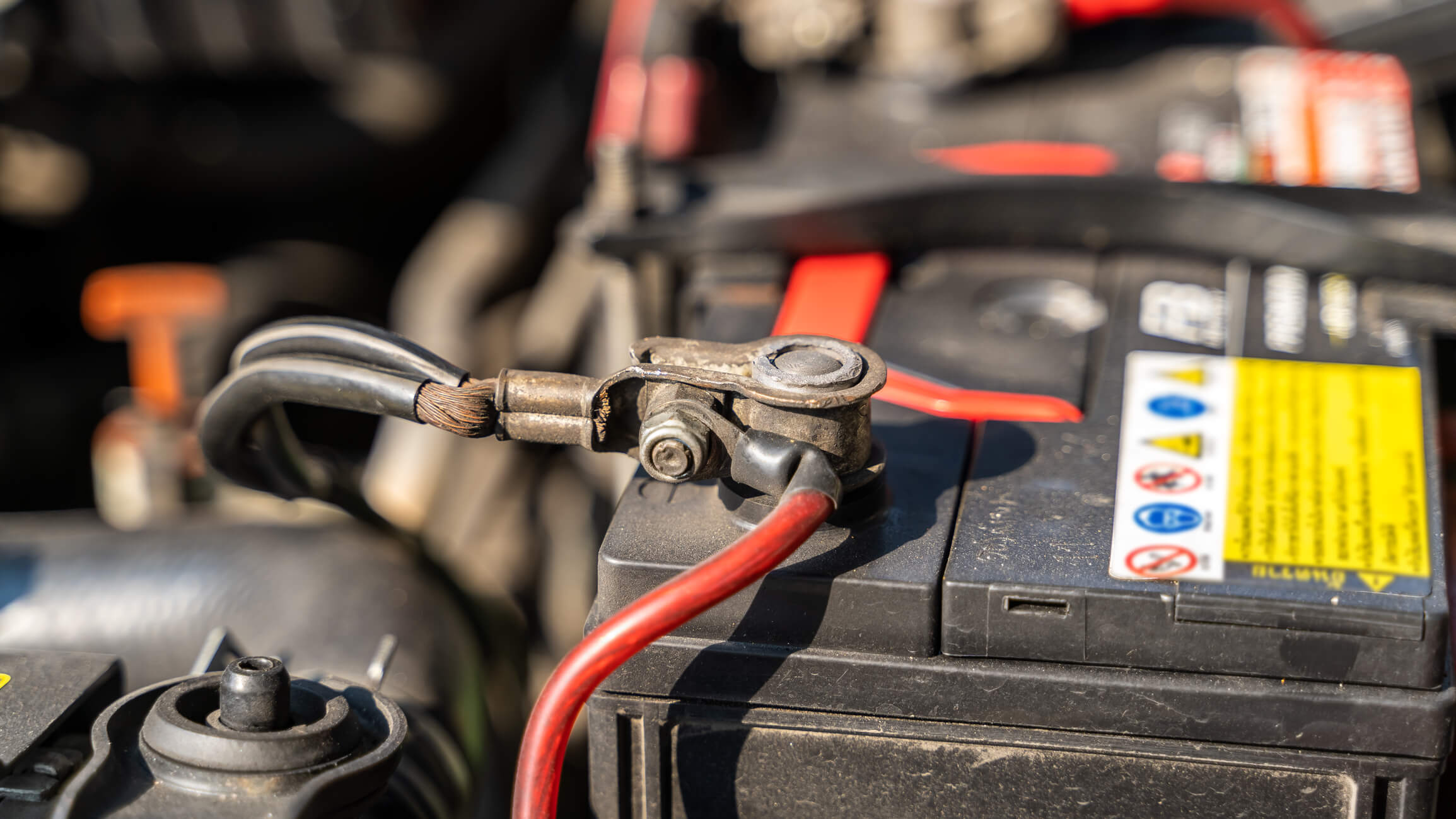
The next step is to ensure the starter motor, which is connected to the gearbox's flywheel, is receiving current, and moves freely. This component is fairly inaccessible, but you can at least ensure the fuse for it hasn't blown.
Next, check that the ignition coil pack attached to each plug is receiving charge, and the connecting cables are intact. In older vehicles, current is passed via cables from a distributor, containing a rotor which spins to generate charge, and can become worn and corroded over time.
Finally, check each plug to ensure they receive current. For petrol cars, check the spark plug is able to generate a spark. If the plug is incorrectly "gapped", or is soiled with corrosion, this will hamper the effectiveness of the spark.